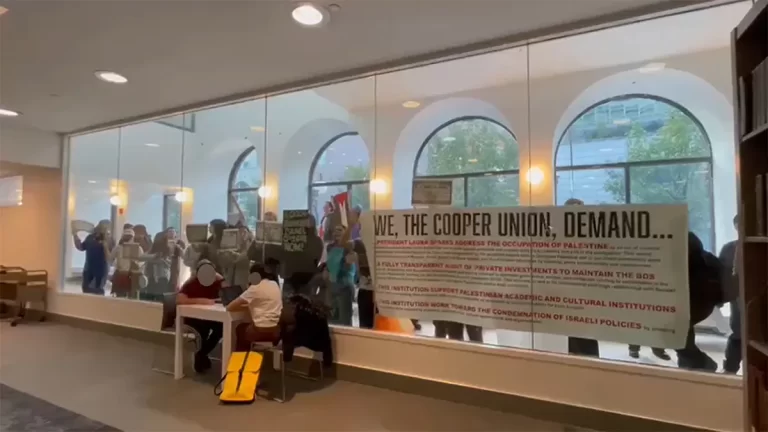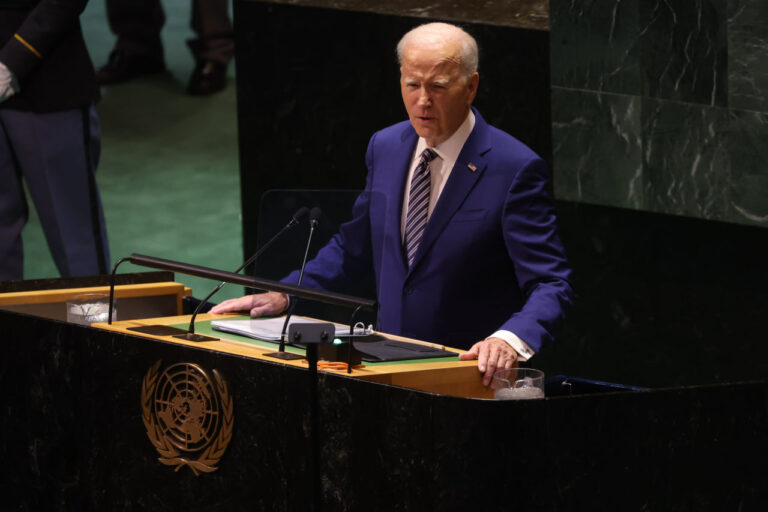SEATTLE –Today, U.S. Environmental Protection Agency announced a $4,000,000 grant to the City of Seattle for a Solid Waste Infrastructure project. Funding for the grant comes from the Solid Waste Infrastructure for Recycling (SWIFR) grant program, authorized by the Save Our Seas 2.0 Act and funded through the Bipartisan Infrastructure Law that invests $275 million for Solid Waste Infrastructure for recycling grants nationwide. In September, EPA announced more than $100 million in SWIFR funds were awarded to states, communities, and territories across the country to expand recycling infrastructure and waste management systems. Seattle is one of two communities in the Pacific Northwest to be awarded an SWIFR grant.
“One of our greatest responsibilities is to steward our environment and its natural resources by advancing meaningful climate actions through our investments, policies, and practices. Our sustainability efforts are reducing our carbon footprint, diverting waste from landfills, and prolonging the life cycle of our natural materials, creating a more resilient environment and healthier communities,” said Mayor Bruce Harrell. “Through these federal dollars, we are investing into our circular wood economy, creating new green jobs for our workforce, and advancing our climate goals.”
“Through the Bipartisan Infrastructure Law, we are expanding federal funding for local and tribal priorities that improve environmental health,” said EPA Region 10 Administrator Casey Sixkiller. “These funds will help advance innovative recycling services, resulting in good-paying jobs, and repurposing useful resources that would otherwise end up in landfills.”
This federal grant will support Seattle’s circular wood economy by developing a new salvaged wood warehouse to process, store, organize, and distribute salvaged wood, aligning with Seattle Public Utilities’ goal to achieve zero waste.
Nearly 17% of Seattle’s construction waste comes from home demolitions, and since many Pacific Northwest homes are primarily constructed with wood, diverting wood for reuse can make a real difference. When homes are simply demolished, wood from the homes are landfilled or burned for energy, releasing carbon into the environment. However, deconstructing homes and salvaging the wood for new uses, reduces carbon emissions and the need for cutting down additional trees for new wood, resulting in climate benefits and waste prevention. Once operational, the new salvaged wood warehouse is expected to process 150 tons of salvaged wood annually.
“The Office of Sustainability and Environment (OSE) is excited to be working as One Seattle with Seattle Public Utilities (SPU) and other City departments to pursue innovative climate solutions that reduce pollution, create local sustainable jobs, and boost the economy,” said OSE Director Jessyn Farrell. “As we move toward net zero emission buildings, we must consider the climate impacts of the materials we use in our buildings when we construct, remodel, and take down buildings.”
Source: Harrell Seattle







